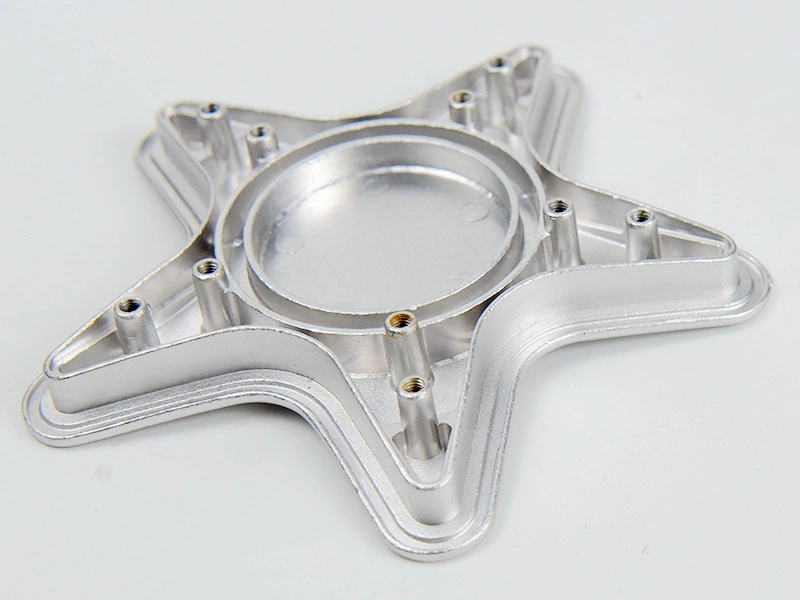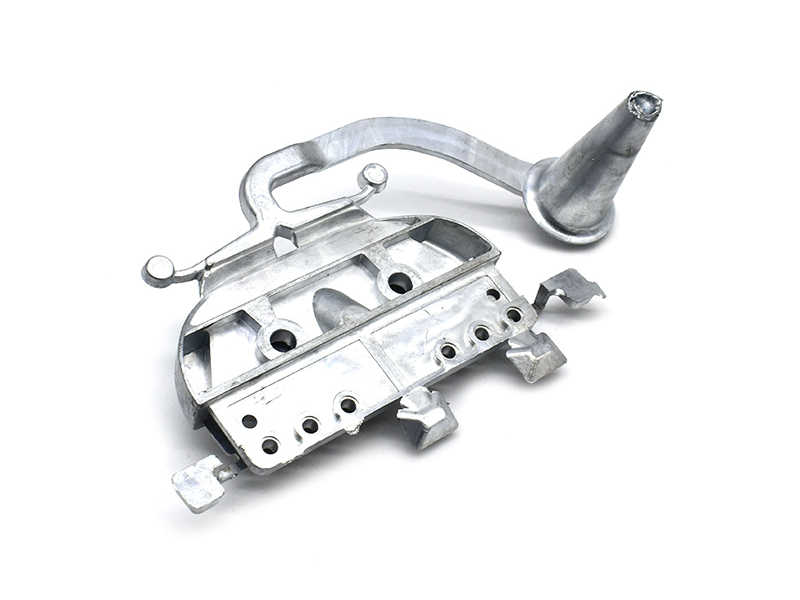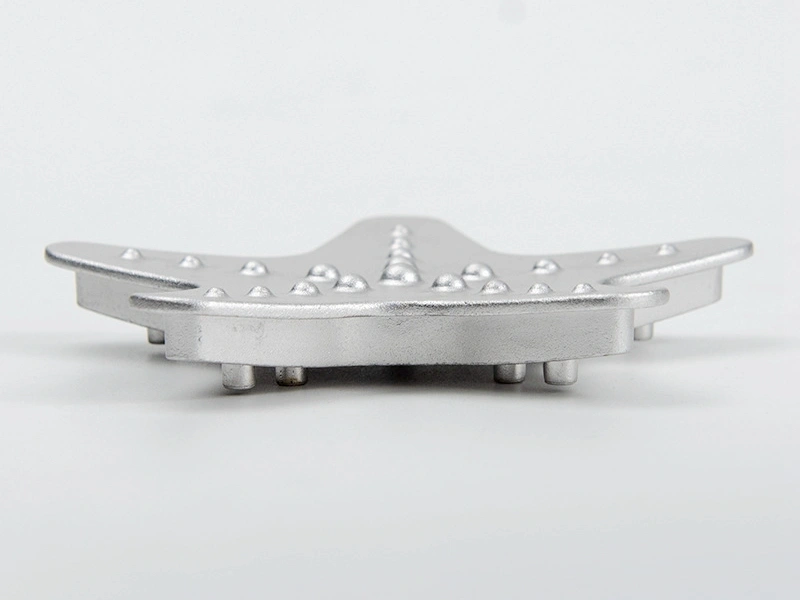What corrosion resistance levels can be achieved with coatings?
What Corrosion Resistance Levels Can Be Achieved with Coatings?
Importance of Coatings for Corrosion Protection
Corrosion resistance is critical for die cast components used in automotive, electronics, marine, and industrial applications. Protective coatings extend the service life of zinc and aluminum die castings by creating a barrier against moisture, salts, chemicals, and environmental contaminants. The corrosion resistance level is typically measured by salt spray hours (per ASTM B117 or ISO 9227), indicating how long a coating protects the underlying metal before corrosion appears.
Coating Types and Their Corrosion Resistance Performance
Powder Coating
Powder coating is a durable thermoset or thermoplastic polymer coating applied electrostatically.
Salt spray resistance: 500–1,000 hours, depending on pre-treatment
Excellent for outdoor, automotive, and marine environments
Resists UV, abrasion, and chemicals
Electroless Nickel Plating
A uniform nickel-phosphorus layer that protects both internal and external surfaces.
Salt spray resistance: up to 1,000 hours (high-phosphorus type)
Ideal for parts with tight tolerances and complex geometries
Provides wear and corrosion protection in harsh environments
Zinc Electroplating with Chromate Conversion
Applies a thin layer of zinc to steel or zinc alloys, followed by a chromate topcoat.
Salt spray resistance:
Clear/passivated: 96–120 hours
Yellow chromate: 200–300 hours
Trivalent chromium: up to 500 hours
Cost-effective for automotive brackets and hardware
Trivalent Chromium Plating
A modern replacement for hexavalent chrome, used for decorative and functional surfaces.
Salt spray resistance: 500–800 hours
Safer and REACH-compliant alternative for cosmetic parts
Used in high-end trim and visible housings
Anodizing (for Aluminum)
Anodizing thickens the aluminum oxide layer on the surface.
Salt spray resistance:
Type II (decorative): ~250–500 hours with sealing
Type III (hard anodizing): >1,000 hours
Provides corrosion resistance, improved wear, and aesthetic appeal
Organic Painting
Painting adds a thin protective and decorative layer using solvent- or water-based systems.
Salt spray resistance: up to 500 hours with proper primer
Allows for full color customization
Suitable for indoor and semi-exposed components
Summary of Corrosion Protection Levels
Coating Type | Typical Salt Spray Resistance | Notes |
|---|---|---|
Powder Coating | 500–1,000 hours | Excellent all-around protection |
Electroless Nickel Plating | Up to 1,000 hours | High wear and corrosion resistance |
Zinc Electroplating + Chromate | 96–500 hours | Economical for hardware and fasteners |
Trivalent Chrome Plating | 500–800 hours | Decorative and functional surface |
Anodizing (Aluminum) | 250–1,000+ hours | Surface hardening and oxidation barrier |
Industrial Painting | Up to 500 hours | Cost-effective for non-critical parts |
Neway’s Coating and Finishing Capabilities
Neway ensures corrosion performance through:
Integrated post-processing including coating, plating, and sealing
Pre-treatment and tumbling to improve adhesion and uniformity
Surface inspection and salt spray testing per customer specifications
Application-specific coating workflows for automotive, marine, and industrial products



